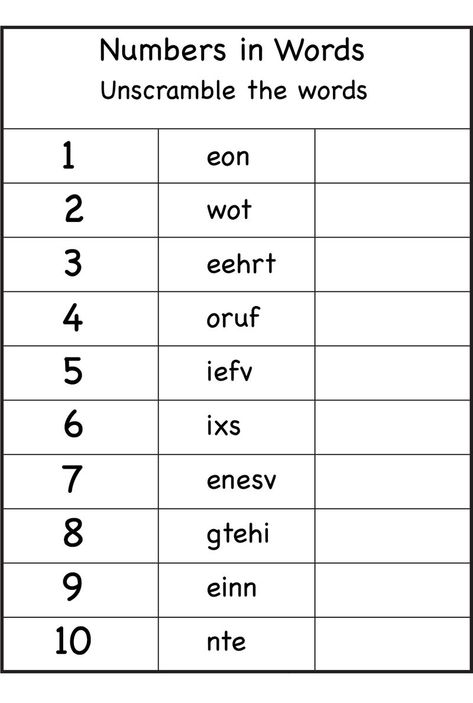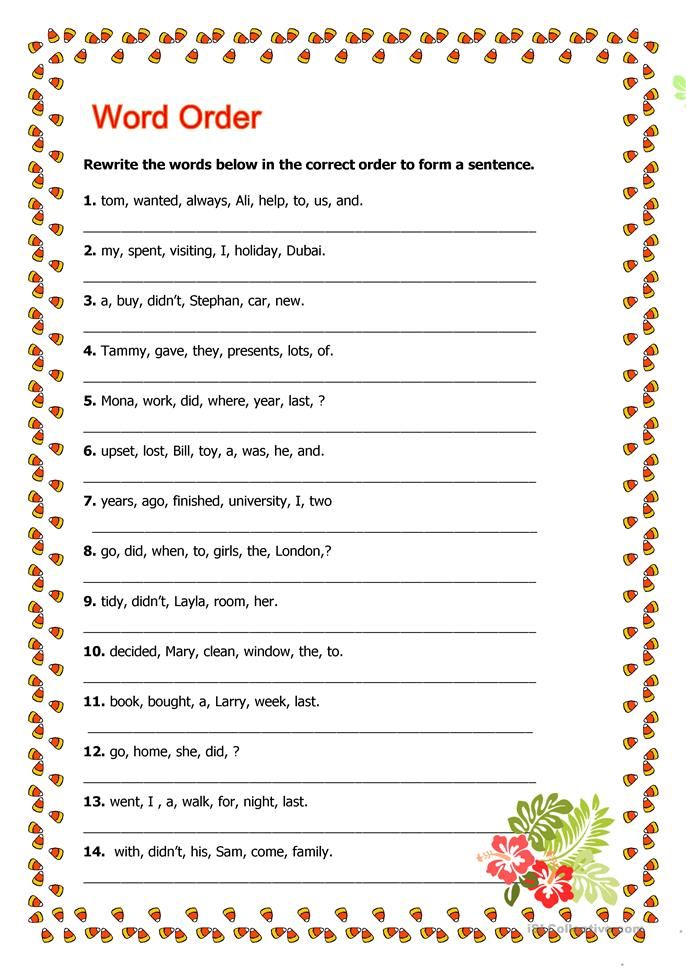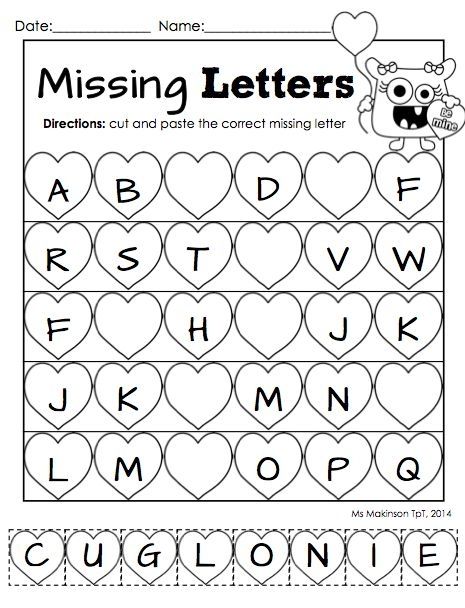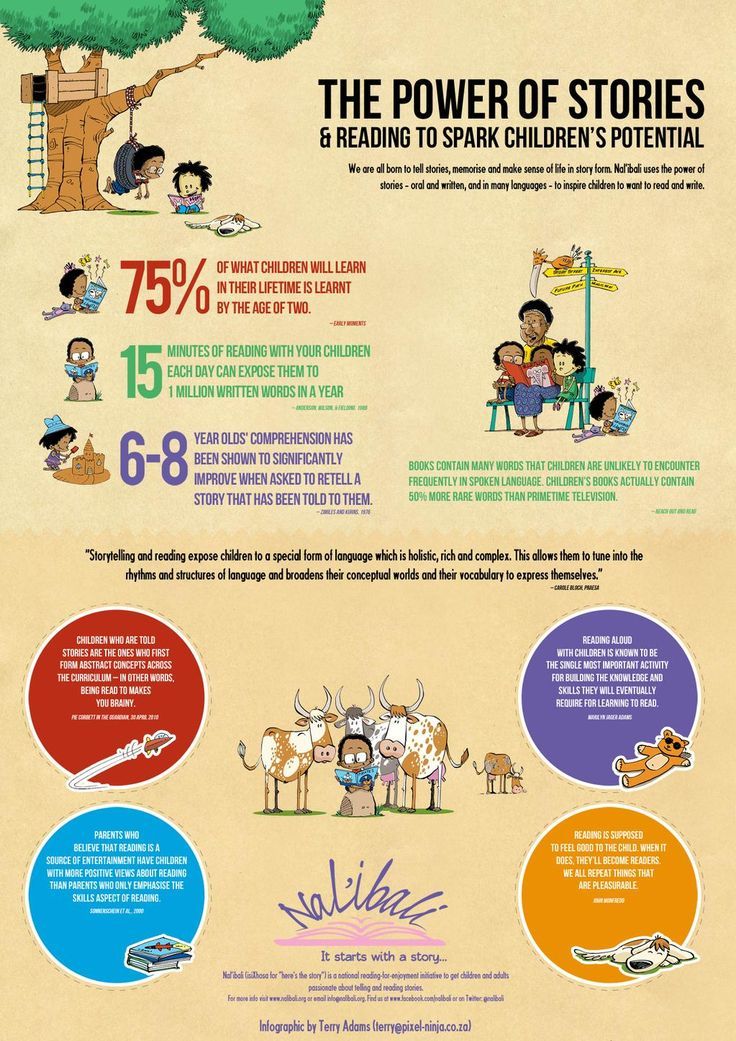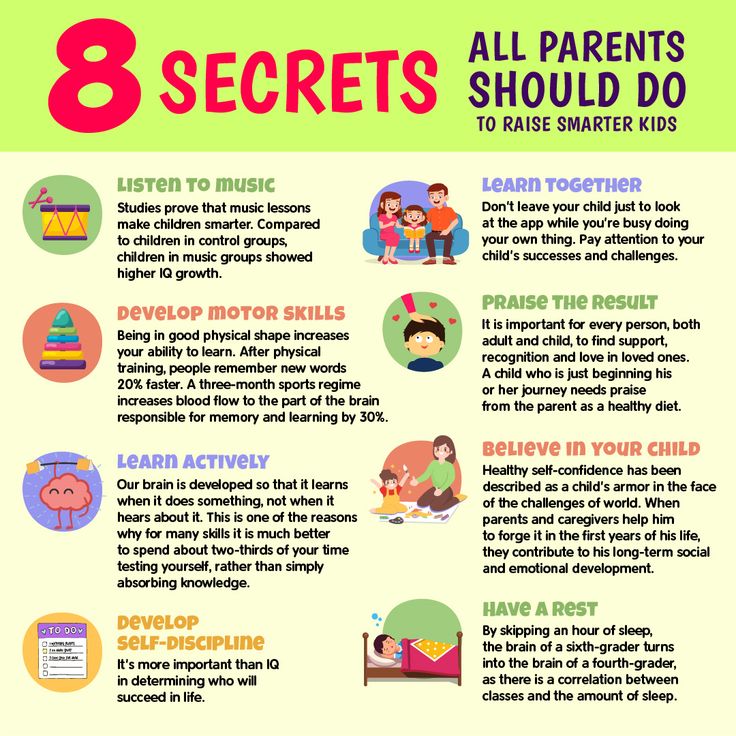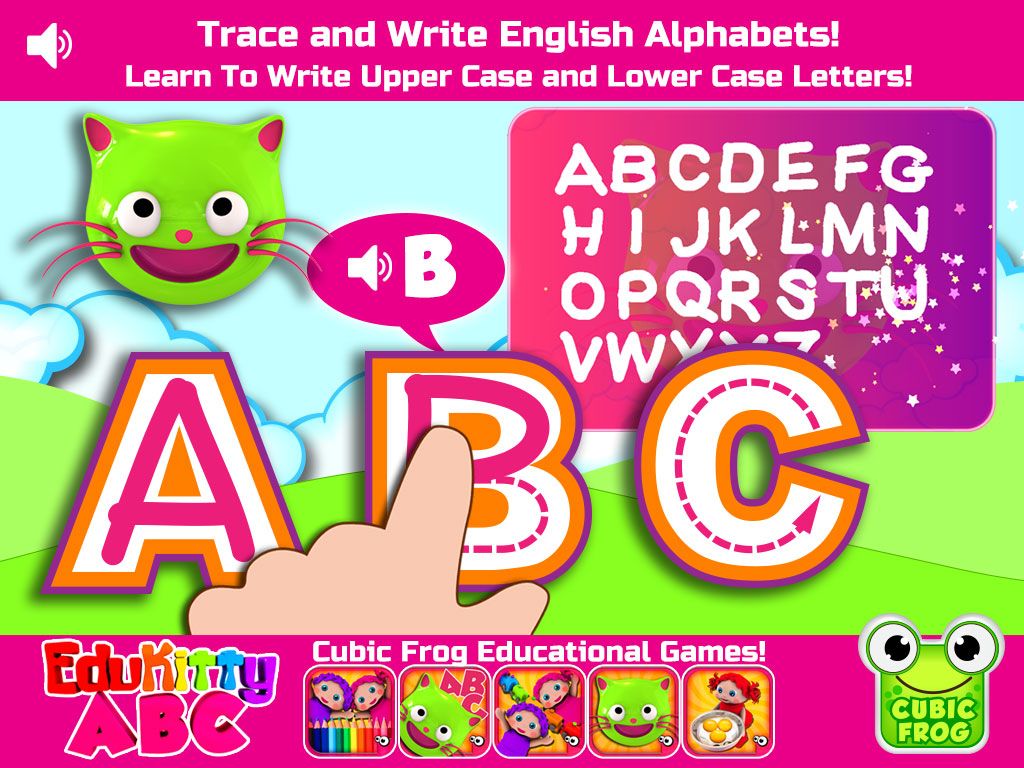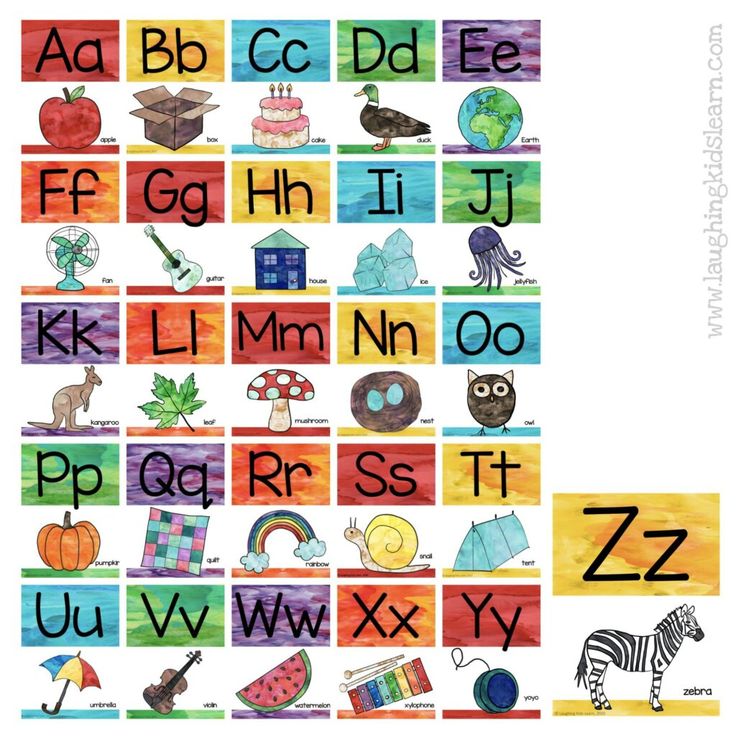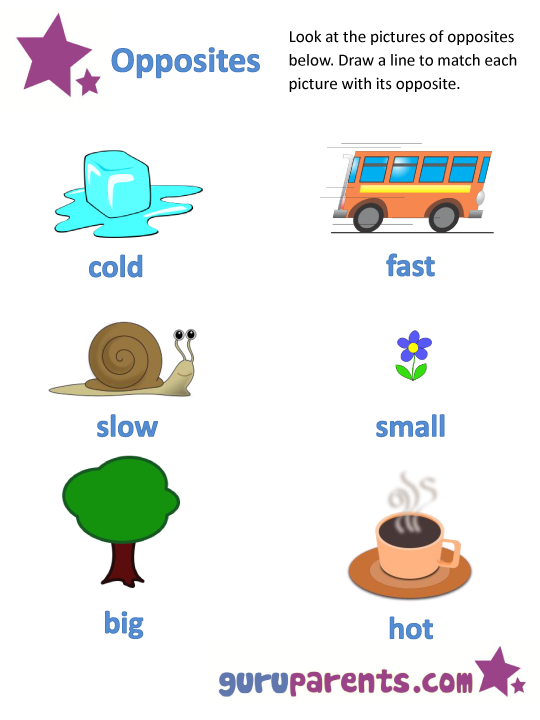Guided reading levels kindergarten
An overview of the guided reading levels
PSPKK12316 Comments
This post contains affiliate links. As an Amazon Associate I earn from qualifying purchases.
Sharing is caring!
This post will give you a simple overview of the guided reading levels from A-P.
This post contains affiliate links.
UPDATE COMING SOON: As I learn more about the science of reading, I am revising my approach. I absolutely believe in using small groups to teach our readers, but I no longer believe that this has to be guided reading in the traditional sense. Watch for an update to this post in the coming month!
Welcome to post number 2 in our series, How to Teach Kids to Read Using Guided Reading.
As a teacher of guided reading, it’s important that you have a consistent system for leveling your books. That’s because one essential of guided reading is leveled texts.
You need a system for analyzing texts and organizing them for teaching your small groups.
My favorite leveling system is the Fountas & Pinnell text level gradient – also called the guided reading levels. Let’s look at how these levels correspond to different grade levels in K-3.
Of course, kids will read at different levels. My oldest three kids all started school reading at level J or higher, while my fourth child started kindergarten at level B.
You’ll also find that you’ll have older readers who are reading at a lower level. It’s not unusual to have a second grader start the year at a level G, for example.
What’s the answer? A guided reading library of leveled books.
In the next post in this series, I’ll tell you where to find those books. For now?
Let’s take a look at examples of each level.
Level A Books
I Can Run Big Cat I Hug I See a Cat
- Have just one line of text per page
- Use predictable language patterns
- Have many simple sight words
- Use a large, clear font
- May be just 8 pages long
Level B Books
Up I See and See Pig Has a Plan Have You Seen My Cat?
- Are very much like level A
- Have up to 2 lines of text per page
Level C Books
Pie for Chuck Little Ducks Go The Fly Flew In Bad Dog
- Are similar to levels A & B
- May be longer, with 2-5 lines of text per page
- Include mostly 1-2 syllable words
- Have many easy decodable words
Level D Books
Car Goes Far Ed and Kip Fix This Mess Sick Day
- Are similar to level C
- Have slightly more complex stories
- May have sentences with 6+ words
Level E Books
Pete Won’t Eat A Night at the Zoo The End of the Rainbow Grace
- Have 2-8 lines of text per page
- Have more complex stories
- Have fewer repeating patterns
- May have sentences that carry over more than one line
- May have more pages than previous levels
Level F Books
Biscuit series Just Like Daddy “What is That?” Said the Cat A Hippo in Our Yard
- Are similar to level E
- Sentences may have 10+ words
- May have a slightly smaller font
- Stories start to have a clear beginning, middle, and end
Level G Books
Are You Ready to Play Outside? More Spaghetti, I Say! Just For You Sheep in a Jeep
- Are similar to level F
- Have 1, 2, and 3-syllable words
- Have more challenging vocabulary and ideas
Level H Books
Old Hat New Hat Just Me and My Dad Sammy the Seal The Watermelon Seed
- Include decodable words of 2 or more syllables
- May have a smaller font
- Have slightly more challenging ideas and vocabulary
- Are more literary and less repetitive
Level I Books
Don’t Let the Pigeon Drive the Bus! Hi Fly Guy Big Dog … Little Dog There’s a Nightmare in My Closet
- Are similar to level H
- Include complex and compound sentences
- Have more complex stories with varied themes
Level J Books
A Friend for Dragon Henry and Mudge series Poppleton series Mr.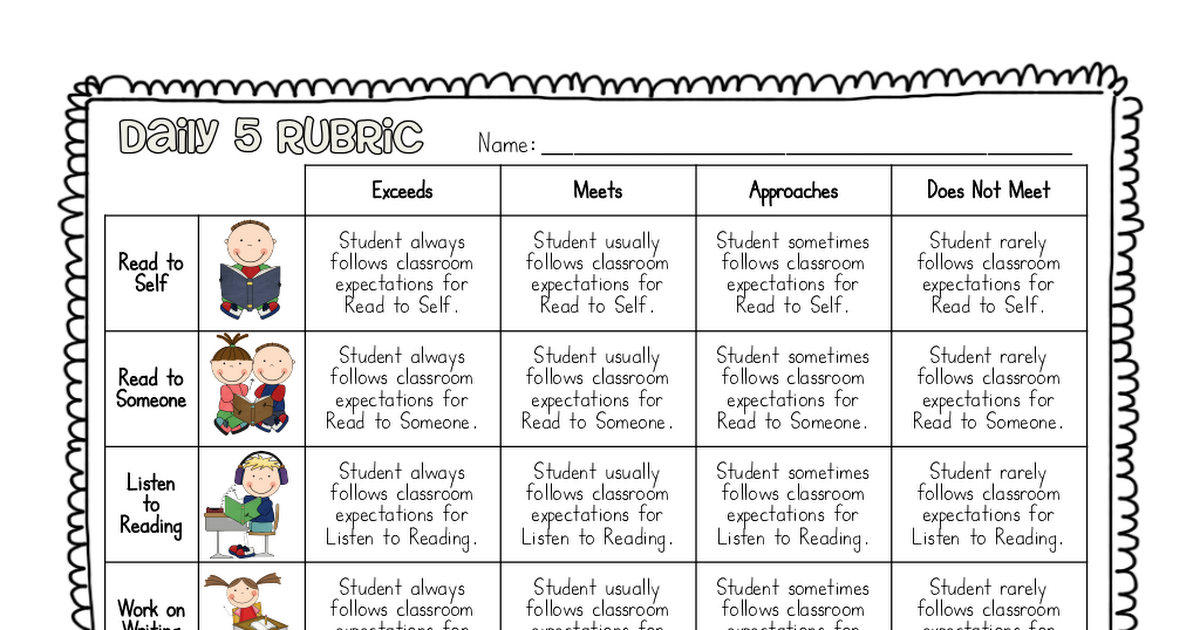 Putter & Tabby series
Putter & Tabby series
- Have 3-12 lines of text per page
- May have short chapters
- Include words with complex spelling patterns
- May have very few illustrations
Level K Books
Frog and Toad series Mercy Watson series Ling & Ting series Nate the Great series
- Are similar to level J, but are often longer
- Still have a reader-friendly layout
Level L Books
George and Martha books Oliver and Amanda pig books Pinky and Rex series Tacky the Penguin
- Have 5-24 lines of print per page
- Have a more challenging layout
- May have minimal or no illustrations
- May be 60-100 page long chapter books
- Are often simple chapter books with short chapters
- Include 1, 2, 3, and 4-syllable words
Level M Books
Judy Moody series Vacation under the Volcano Junie B. Jones series Marvin Redpost series
- Include longer, more complex stories
- Have elaborate plots and multiple characters
- May have no illustrations
Level N Books
The A to Z Mysteries series The Enormous Crocodile Gooney Bird series Nikki & Deja series
- Similar to level M, but slightly more challenging
Level O Books
Ramona series Mrs.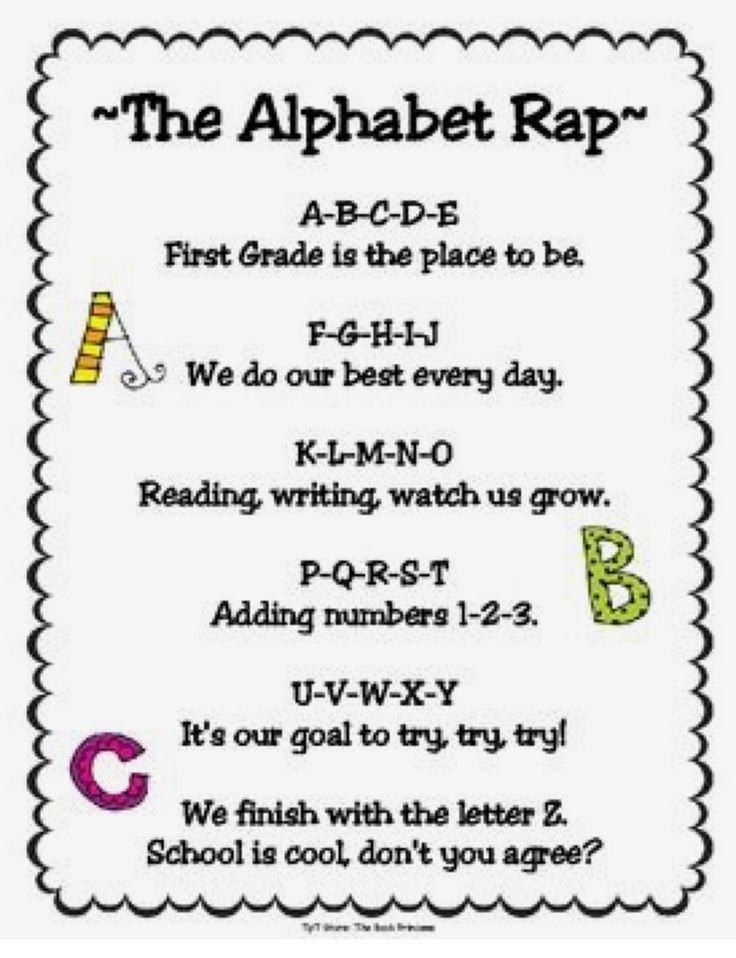 Piggle Wiggle books Huey & Julian books Amber Brown series
Piggle Wiggle books Huey & Julian books Amber Brown series
- Similar to level N, but slightly more challenging
Level P Books
Bad Kitty books Encyclopedia Brown series Magic School Bus chapter book series Wayside School series
- Similar to Level O
- Slightly more complex themes
- Greater use of figurative language
And there you have it! An overview of the guided reading levels from A-P.
Check out our whole guided reading series:
Get your free overview of the guided reading levels!
CLICK TO DOWNLOAD
Free Reading Printables for Pre-K-3rd Grade
Join our email list and get this sample pack of time-saving resources from our membership site! You'll get phonemic awareness, phonics, and reading comprehension resources ... all free!
Sharing is caring!
Filed Under: Reading Tagged With: first grade, second grade, kindergarten, guided reading
You May Also Enjoy These Posts:
Subtraction board game using flash cards
Easy prep winter crafts for kids in preschool
Trackbacks
📚 Making Sense of Reading Levels plus booklists for every Grade
Books to Read • Mom StuffAugust 30, 2021
by Beth Gorden
Anyone else completely confused by reading levels? There are guided reading levels, Lexile numbers, and Book Levels like the library uses.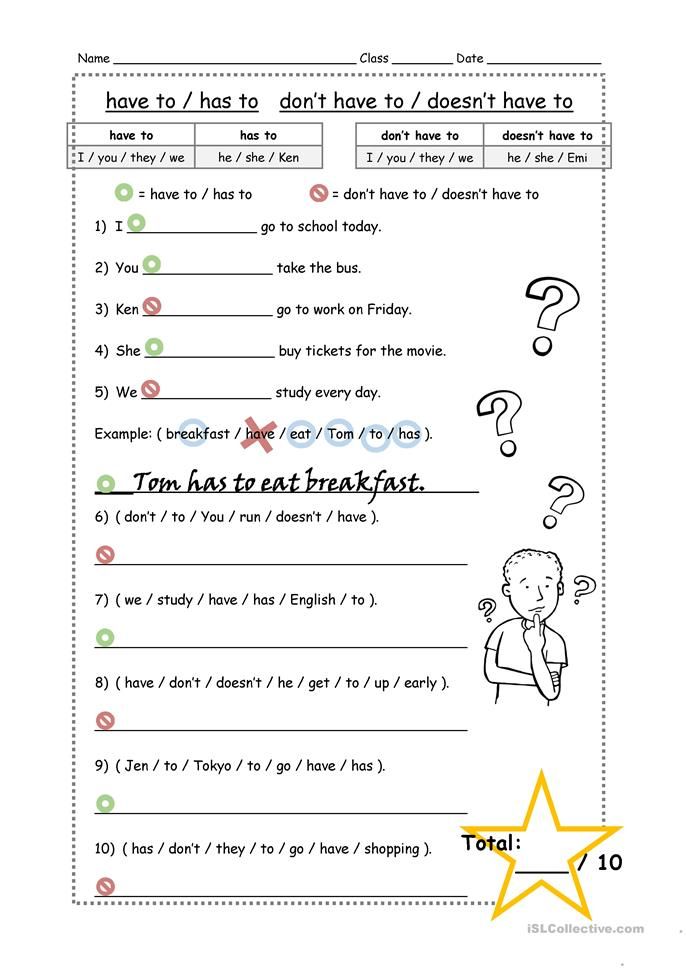 I found this especially confusing when my kindergarten and grade 1 students were beginning to read. I assumed you just get a beginner reader, but guess what – it’s NOT that easy! Many beginner readers are actually for 3rd graders! YIKES! Don’t worry, I can explain reading levels, give you book recommendations by grade, and take all the work out of finding your child the best books to read by reading level!
I found this especially confusing when my kindergarten and grade 1 students were beginning to read. I assumed you just get a beginner reader, but guess what – it’s NOT that easy! Many beginner readers are actually for 3rd graders! YIKES! Don’t worry, I can explain reading levels, give you book recommendations by grade, and take all the work out of finding your child the best books to read by reading level!
Making Sense of Reading Levels
What Level Books should my Child be reading by Grade!
I think one needs a masters degree in nonsense to make sense of reading levels! Seriously there are 3 different systems used: Lexile, Book Level (like most libraries) and Guided Reading (Scholastic) that parents must try to understand. And if you google it, there isn’t much useful information out there either.
I even talked with my local librarian who gave me a lot of misinformation, ugh! So I did deeper research so I could pick out readers for my kids.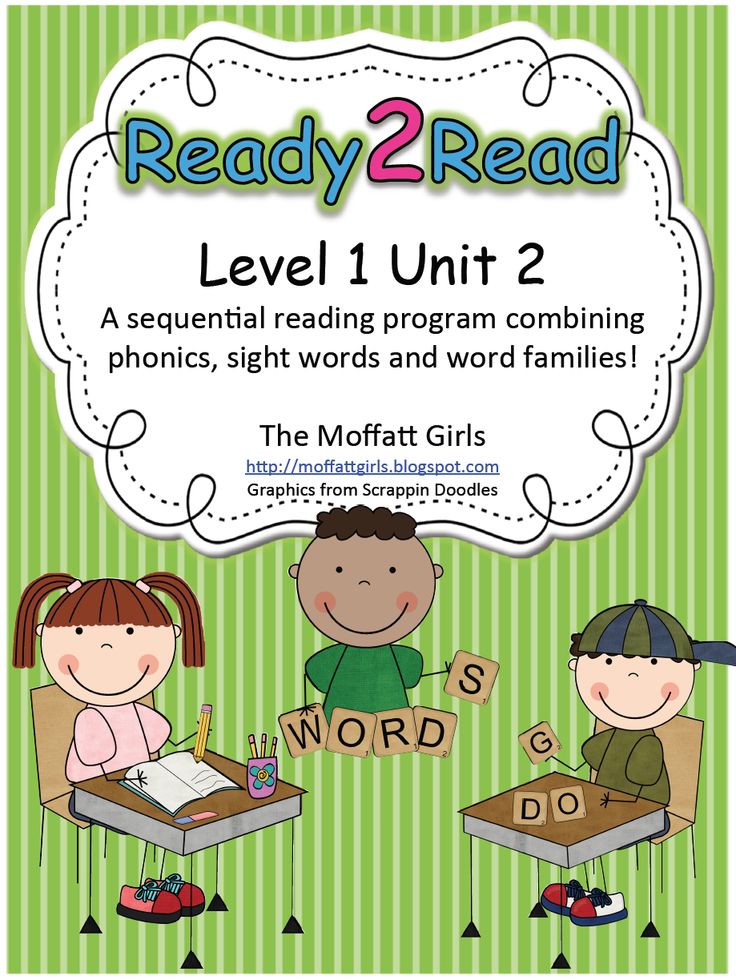
Reading levels by grade
I don’t claim to be an expert on reading levels by any means, but for all you confused parents here is some help from a mom that was just as confused as you are!
Note: All kids read at their own pace and this is just an average generalization. Please work on reading books at your child’s reading level. For kids who are great readers, they may be reading at books above their reading level.
Kindergarten Reading Level
Kindergartners are just beginning to read using some basic sight words and decoding simple words. In the library look for books labeled 0.1 – 1.3. For those using the Scholastic Guided Reading level, look for A, B, or C. (That is 25-75 in Lexile). Remember they need 30 minutes of daily reading; practice makes perfect!
- 50 Books for Kindergartners to Read by Themselves
- 45 Must Read Books for Kindergartners (Read Aloud)
First Grade Reading Level
1st Grade students are decoding more words, learning rule breaker rules, and adding more and more sight words.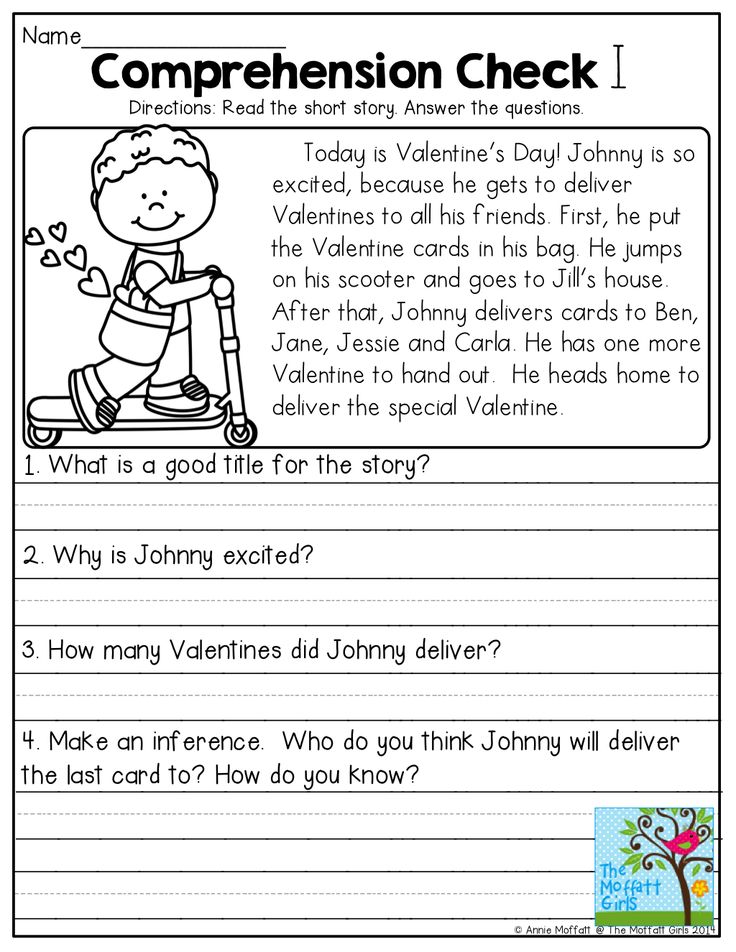 Through the course of the year they can be anywhere from a 1.0 – 1.9 for readers at the library. For those using Scholastic Guided Reading that is B-I or Lexile 50-275. Remember they need 30 minutes of daily reading; practice makes perfect!
Through the course of the year they can be anywhere from a 1.0 – 1.9 for readers at the library. For those using Scholastic Guided Reading that is B-I or Lexile 50-275. Remember they need 30 minutes of daily reading; practice makes perfect!
- 100 Books for 1st Graders to Read Themselves
- Favorite 1st Grade Read Aloud Picture Books
- 17+ 1st Grade Read Aloud Chapter Books you won’t want to miss!
- Top 25 Chapter Book Series for 1st-3rd Grade
2nd Grade Reading Level
2nd Graders are reading well independently. Although they may start their year in advanced readers, most are ready for simple chapter books by the end of the year. Just like Kindergarten and 1st graders, they need lots of practice to continue advancing. Even though 2nd graders are reading well on their own, they still need time reading aloud to an adult who can help them correct pronunciation, flow, and check reading comprehension to ensure no issues creep up. At the library look for books labeled 1.6-2.9. Using a Guided Reading system look for H-M or 225-450 in Lexile.
At the library look for books labeled 1.6-2.9. Using a Guided Reading system look for H-M or 225-450 in Lexile.
- Best 2nd Grade Reading List
- 2nd Grade Read Aloud Chapter Books
- Top 25 Chapter Book Series for 1st-3rd Grade
3rd Grade Reading Level
3rd Graders are comfortable reading simple chapter books on their own. They continue to need lots of practice and time reading aloud as well. At the library look for books 2.2 – 3.9, Guided Reading level L-P, and Lexile 400-650.
- 3rd Grade Reading List
- Top 25 Chapter Book Series for 1st-3rd Grade
4th-8th Grade Reading Level
Although at this point most kids are reading chapter books that are no longer labeled with a reading level, I wanted to give you some tools in case you feel the need to further assess what your child is reading.
- 4th Grade Book List – 3.3-5.5 Book Level, O-T Guided Reading, 600-850 Lexile
- 5th Grade Reading List – 5.
 0-7.4 Book Level, S-W Guided Reading, 800-1000 Lexile
0-7.4 Book Level, S-W Guided Reading, 800-1000 Lexile - 6th Grade 6.7-8.6 Book Level, V-Y Guided Reading, 950-1050 Lexile
- 7th &8th Grade 8.0-9.0 Book Level, X-Z Guided Reading, 1035-1100 Lexile
Find out any Books Reading Level
You can find out any books reading level (Lexile, library Book Level, and Scholastic Guided Reading) by checking AR Book Finder.
Free Printable Reading Logs
- Monthly Reading Log – this free printable has ‘traditional’ monthly themes
- Bookshelf Free Printable Reading Logs – super cute and fun for kids of all ages!
- Pencil Free Printable Reading Logs -print reading worksheet and color a pencil for each book you read
- Frozen Free Printable Reading Logs – kids will have fun tracking their reading and the books they’ve read with this motivating free printable for kids of all ages
- Princess Free Printable Reading Logs – students will have fun tracking their reading with these free printable reading logs
- Super Hero Free Printable Reading Logs – using a favorite theme of kids will encourage kids to read
- Cars Free Printable Book Logs – children will have fun tracking the books they’ve read with these clever free reading log
- Summer Free Printable Reading Logs – students will be motivated to read this summer with these ideas
- Reading Comprehension Bookmarks – this is a great tool for making sure kids are understanding what they are reading
- Reading Levels by Grade – how to pick the right books for every reading level and tons of printable book lists too
Book Report Idea
Looking for other ways to help kids work on reading comprehension and summarizing a book they read? Try these free resources:
- Handy Reading Comprehension Bookmarks (any book: fiction or non fiction)
- Book Report Template
- Book Report for Kids
- Pizza Book Report Idea
- Sandwich Book Report Idea
- 26 more clever Book Report Ideas
- Library Scavenger Hunt – help kids learn to navigate a library, the Dewey decimal system, book genres, and so much more with this pack of free printable scavenger hunts for kids!
- Bookshelf Reading Log – to help encourage kids to read!
Plus, here are some great ideas for Creating a Reading Nook where kids will want to curl up and read a book!
You may also like
April 6, 2016
July 22, 2015
July 12, 2021
August 29, 2020
August 4, 2021
September 25, 2014
October 12, 2015
September 14, 2015
About the author
Beth Gorden
Beth Gorden is the creative multi-tasking creator of 123 Homeschool 4 Me.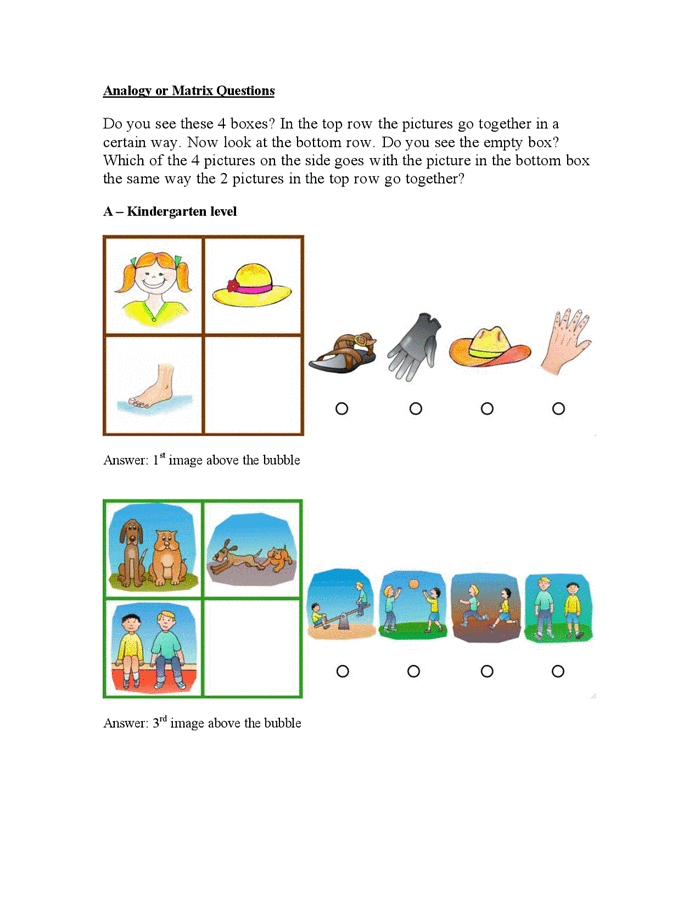 As a busy homeschooling mother of six, she strives to create hands-on learning activities and worksheets that kids will love to make learning FUN! She has created over 1 million pages of printables to help teach kids ABCs, science, English grammar, history, math, and so much more! Beth is also the creator of 2 additional sites with even more educational activities and FREE printables - www.kindergartenworksheetsandgames.com and www.preschoolplayandlearn.com
As a busy homeschooling mother of six, she strives to create hands-on learning activities and worksheets that kids will love to make learning FUN! She has created over 1 million pages of printables to help teach kids ABCs, science, English grammar, history, math, and so much more! Beth is also the creator of 2 additional sites with even more educational activities and FREE printables - www.kindergartenworksheetsandgames.com and www.preschoolplayandlearn.com
| Development reading techniques. Reading - is a complex psychophysiological process in which visual, speech-motor, speech-auditory analyzers. It is customary to characterize reading skill, naming its four qualities: correctness, fluency, expressiveness and consciousness (semantic component). 3 first components called technical, they characterize the child's reading technique. Quality like correctness is defined as fluent reading without distortion affecting meaning readable. It is expressed in the fact that the student avoids, or, on the contrary, allows substitutions, omissions, permutations, additions, distortions, repetitions of letters, syllables and words. Reading fluency is characterized by a certain number of words spoken per minute. The reading pace is direct dependence on the way of reading and, of course, understanding. expressiveness manifested in the ability to reasonably use pauses; do boolean stress; find the right intonation, prompted by punctuation marks; to read quite loud and clear. nine0008 Offer exercises to develop reading skills: 1. A column of words. Alternately read the words aloud in a column of words, trying in one minute read this column more and more times. 2. Write letters and read them. Sound workout. a-o-u-s-i-e; a-y, a-o, y-i, uh, uh, aouie, aiuoe; s-z-zh, sh-zh-s, zha-cha-shcha, zhba-zhbe. 3. Read tongue twisters, each time increasing the pace. 4. Select from given the text of the word, in which 4-5 syllables, learn how to pronounce them. nine0008 5. Photo eye game. Take a picture (memorize) a few words written by adults and answer to the question, is the word that the adult says in the list or not? 6. Find the desired line in the text (the exercise trains the vertical movement of the eyes across the page). 7. Speed comparison reading known text and unfamiliar. 8. Adult Reading (the exercise develops the speed of pronunciation of words). 9. Find in one minute in the text of the word to any letter. nine0008 10. Find a second half word: kos ---- no one's mo ---- ment ko ---- on the forest ---- ta ro ---- wok go ---- sa steam---mos co----torus weight---rod. Organization works: 1. Start a reader's diary, which indicates the author of the work, its title, measurements of technique reading. 2. Check understanding of the read text when measuring the reading technique, using the following options assignments: the child must answer the questions of an adult after reading the text, he make up questions, come up with the title of the read text, formulate main idea, retell the text. nine0008 3. When checking equipment read prepositions and conjunctions as whole words. 4. Do not read daily less than 20-30 minutes, 5 minutes training in reading technique, i.e. read the same text several times, each time noting how many words were read per minute, trying to get closer to the norm. 5. Recommended texts writers: A.S. Pushkin, L.N. Tolstoy, M.M. Prishvina, N.N. Nosova, V.V. bianchi, V.Yu. Dragunsky. Here are some more useful tips: 1. Not important duration and frequency of training exercises. What is often possible observe in many families? Mom sits down her son, who is ill reads, for a book and says the following: "Read this tale. 2. Good results gives reading before bed. The fact is that the last events of the day are recorded emotional memory, and those eight hours when a person sleeps, he is under their impression. The body gets used to this state. 3. If the child is not likes to read, then a gentle reading mode is necessary. Indeed, if the child is not likes to read, this means that he has difficulty reading. 4. Found that the development of reading technique is often hampered due to underdeveloped operational memory. What does it mean? For example, a child reads a sentence consisting of 6-8 words. Having read up to the third or fourth word, I forgot the first word. Therefore he cannot grasp the meaning of the sentence in any way, cannot link all the words together. In this case, you need to work on the RAM. This is done with with the help of the so-called visual dictations, the texts of which are developed Professor I. 5. Visual dictations. Six sentences of one of the sets are written on a piece of paper and closed with a sheet paper. Then the sheet is shifted down so that the first sentence is visible, and the child reads to himself for a certain time, trying to remember it offer. The exposure time is usually short: from four to seven seconds. 6. Most effective exercises are the following: repeated reading, reading in tongue twister tempo, expressive reading with a transition to an unfamiliar part text. When conducting repeated reading should take into account that the speed of reading in children is different. Therefore, it is carried out in this way. After the start of a new story read by the parent and understood, comprehended by the child, the latter reads the text in for one minute, after which he notes to which word he managed to finish reading. This is followed by a second reading of the same passage of text. Wherein the child again notes to which word he has read, and compares with the results first reading. Naturally, the second time he read a few words more. Increasing the pace of reading causes positive emotions in the baby, he want to read again. However, one should not read the same text more than three times. excerpt. nine0008 Better to change the job and practice the articulatory apparatus on the same passage of the text, i.e. use the following exercise of the Fedorenko-Palchenko system (reading at a pace Tongue Twisters). When reading at the pace of a tongue twister, attention should not be paid to expressiveness reading, it is impossible to set two mutually exclusive tasks at the same time. Then the third begins exercise. Invite the child to read the text again, but a little slower, but beautiful and expressive. Do not stop the child, let him read the text before end. He smoothly moves to an unfamiliar part of the text. And here is done a small miracle, which consists in the fact that a child who has repeatedly read the same passage of text at an increased pace of reading, when switching to unfamiliar part of the text continues to read it at the same increased pace. His opportunities are not enough for a long time (half a line, a line), but if every day to carry out such exercises, then in the end the duration of reading at an increased tempo will increase. 7. Now the last one recommendation - assessment as a stimulus for children. At the end of the reading session Invite your child to self-measure reading speed. Let him read the text for one minute, then notes to which word he has read, recounts read the words and write the result in a kind of diary. Already in a week you can invite the baby to compare the results of a week ago (provided daily reading!). This has a positive effect on the attitude of children to workout. nine0008 So, the importance of control over the formation of the skill of fluent reading, in my opinion, it is difficult to overestimate. As a result of this work, the difficulty in reading is removed, student fear and insecurity. They develop a love for reading. Materials used in the article - Nikitina M. I. Reading and speech development: Educational and methodological allowance - St. Kostromina S.N. Study for five in reading. How?.-M.:AST, 2008, 224p. Omorokova M.I. Improving the reading of younger students.-M .: ARKTI, 2001, 160s.
|
Learning to read | Kindergarten No. 74 of a general developmental type
Home » Our consultations » From the experience of our teachers » Learning to read
For you, parents! nine0128
(from the work experience of the educator MADOU No. 74 Rubtsova Marina Vasilievna )
Parents of preschool children attending kindergarten often rely on the fact that their children will be prepared for school by the efforts of educators. Indeed, specially organized classes help children prepare for school, but without the help of parents, such preparation will not be of high quality.
Experience shows that no best children's institution - neither kindergarten nor elementary school - can completely replace the family, family education.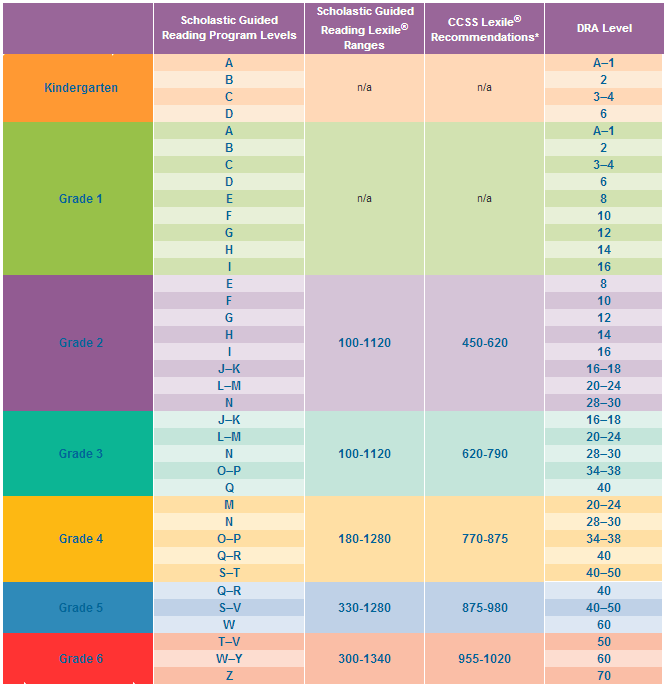 In a preschool institution, children are taught many useful skills, they are taught to draw, count, write and read. But if the family does not take an interest in the child’s activities, do not attach due importance to them, do not encourage diligence and diligence, the child also begins to treat them with disdain, does not strive to work better, correct his mistakes, and overcome difficulties in work. Some children are deeply offended by such inattention of their parents, they cease to be sincere and frank. On the contrary, the interest of parents in the affairs of the child attaches particular importance to all the achievements of the child. Help in overcoming the difficulties that arise in the performance of any kind of activity is always accepted with gratitude and contributes to the closeness of parents and children. At home, the ability to read can come as naturally to a child as the ability to walk or talk. Dear parents, grandparents! If you want to teach your child to read before he goes to school, pay attention and understanding to all our advice.
In a preschool institution, children are taught many useful skills, they are taught to draw, count, write and read. But if the family does not take an interest in the child’s activities, do not attach due importance to them, do not encourage diligence and diligence, the child also begins to treat them with disdain, does not strive to work better, correct his mistakes, and overcome difficulties in work. Some children are deeply offended by such inattention of their parents, they cease to be sincere and frank. On the contrary, the interest of parents in the affairs of the child attaches particular importance to all the achievements of the child. Help in overcoming the difficulties that arise in the performance of any kind of activity is always accepted with gratitude and contributes to the closeness of parents and children. At home, the ability to read can come as naturally to a child as the ability to walk or talk. Dear parents, grandparents! If you want to teach your child to read before he goes to school, pay attention and understanding to all our advice.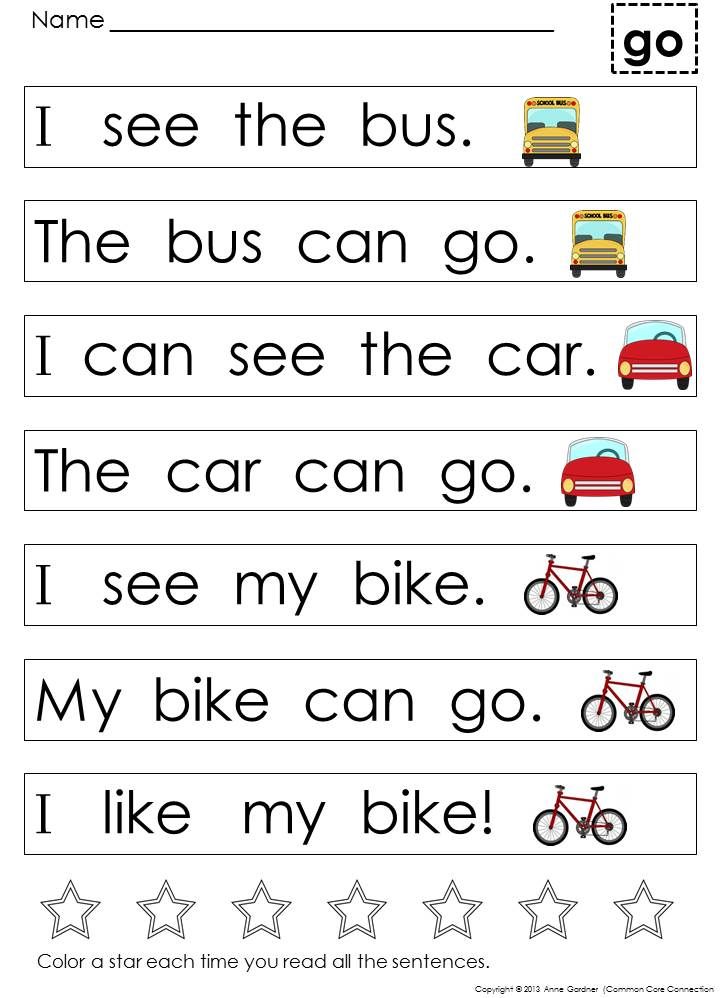 To avoid the sad consequences of illiterate learning. nine0008
To avoid the sad consequences of illiterate learning. nine0008
Learning to read
It is believed that learning to read early gives a child great intellectual potential. A pre-reader or a first-grader who is already reading develops faster, learns easier and better, and remembers more.
Where to start?
- The main rule of learning to read: "Do not chase the result!". First, show your child the alphabet. If he is interested, consider it, name the letters, syllables. Learning to read is best started on their own initiative. Your task is to support, not to ruin the initiative with excessive zeal. nine0109 - Learning to read can begin with the study of letters or syllables. Colorful tables, posters, cubes are well suited for these purposes. The material may change from time to time. And it is not at all necessary to memorize the alphabetic name of the letters with the kids.
-Pay special attention to the game form of the lessons, as well as their duration (15-20 minutes).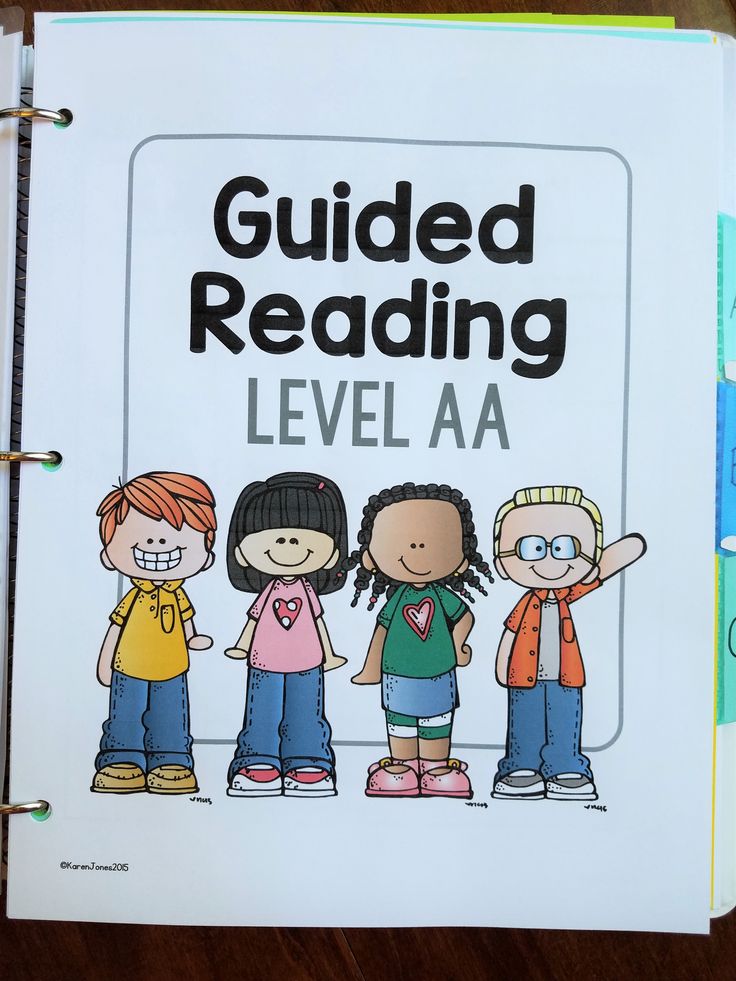 Do not forget how joyful and interesting they will be, his further education largely depends. The main thing is not to forget that all this is just a game, and not preparation for the exam. nine0008
Do not forget how joyful and interesting they will be, his further education largely depends. The main thing is not to forget that all this is just a game, and not preparation for the exam. nine0008
-If a child is ill or not in the mood to study, it is better to postpone the “lesson”, do not study by force.
- Classes should be varied, change tasks more often, because small children get tired quickly and their attention is scattered. So you will have to constantly maintain the interest of the child in what you propose to do.
-Read in front of the child. Mom is the best role model.
- In parallel with reading, you can learn to write. The child will be quite capable of performing graphic tasks: circle simple figures point by point with your hand. You can "type" on the old keyboard. Maze toys prepare a hand well for writing, in which small details need to be raised, for example, from bottom to top, or swiped from left to right. nine0008
Important about letters
You can often see such a picture on the street.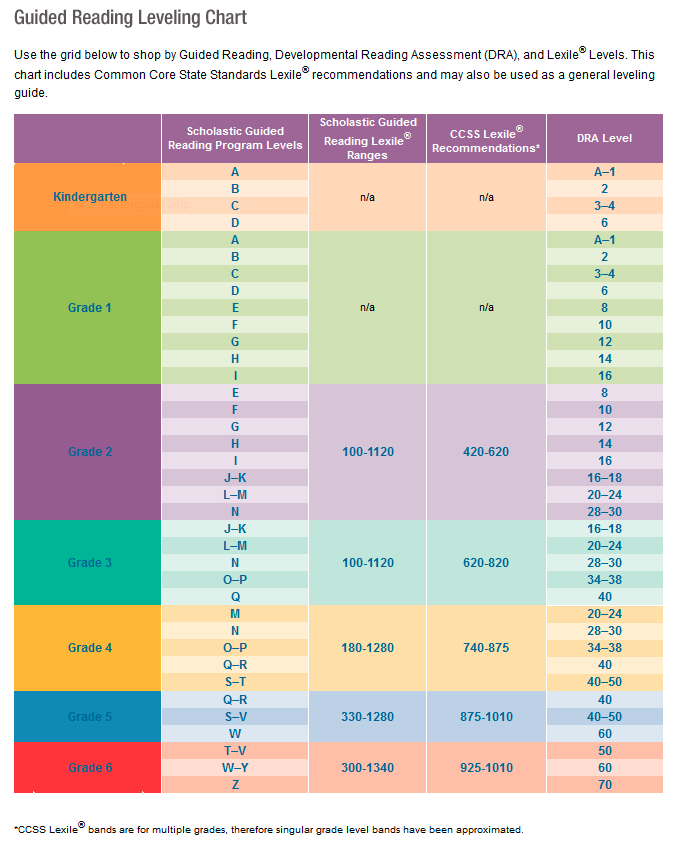 Mom asks the child, pointing to any letter of the sign on the house: "What is this letter?" The child happily answers: "PE!", Or "EM!", Or "ES!" One feels like saying:
Mom asks the child, pointing to any letter of the sign on the house: "What is this letter?" The child happily answers: "PE!", Or "EM!", Or "ES!" One feels like saying:
“Dear adults! If this is how you call letters to children,
, then how will your little student read the syllable "MA"? Imagine, he will most likely get "EMA"! And he will be right: EM + A = EMA. And the word "MA-MA" in this case will be read as "EMA-EMA"! nine0109 Most teachers and speech therapists agree that when teaching preschool children, the alphabetic army should be called in a simplified way: not “pe”, but “p”, not “me”, but “m”.
Learning to read at home
How to teach to read and not injure the psyche, not to force, but on the contrary, arouse interest and desire? If you actively played with the child, while attracting a book, then this will greatly facilitate the task.
The first unsuccessful attempts can completely discourage you from starting to learn to read. The child understands that learning to read is not so easy and hardly repeats attempts. Learn more letters back and forth. But to combine them into words and read, and then understand what you read - it's pretty hard. But gradually the child overcomes this difficulty. nine0008
The child understands that learning to read is not so easy and hardly repeats attempts. Learn more letters back and forth. But to combine them into words and read, and then understand what you read - it's pretty hard. But gradually the child overcomes this difficulty. nine0008
Learn to read in the game. But, most importantly, what we must remember is not to torment the child and ourselves. Don't make it an unpleasant duty, don't compare one child to another.
Here we need patience, love, consistency, fantasy. You can beat the learning process, turn it into a holiday, into an exciting game. Keep it short but effective.
So, let's move on to the study of letters and sounds.
1. Learning is better to start from vowels.
Some parents have already introduced their children to different letters, but where do you start? You need to start with vowels, which you need to determine whether the child remembers them well.
To teach children to read, you can use cut out letters, paint, plasticine, whatever you want.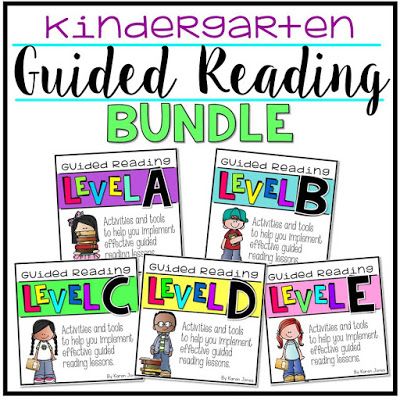
Now I'll show you some exercises that will help you reinforce the learned vowels.
- I will call you a letter, and you take it out of the magic box and we are building a house with you:
e e
A A A
O o O O O O O O O O O O O O O O am about about
and
U has
E E E
000
000
000
000
000
000
000
000
000
000
000
000
000
000
000
000
000
000
000
000
000
000
000
000
000
000
000
000
000
000
000
000
000
000
000
000
000
000 so that the child learns to read and write lines. ( Can be read)
It will take some time to memorize one letter, three, four, five or even six days. If the child remembers longer, it's okay. It is important that the child not only read a new letter, but also knows how to find it. You can ask the child to find the letter O , then the letter A , and so little by little the child makes a train.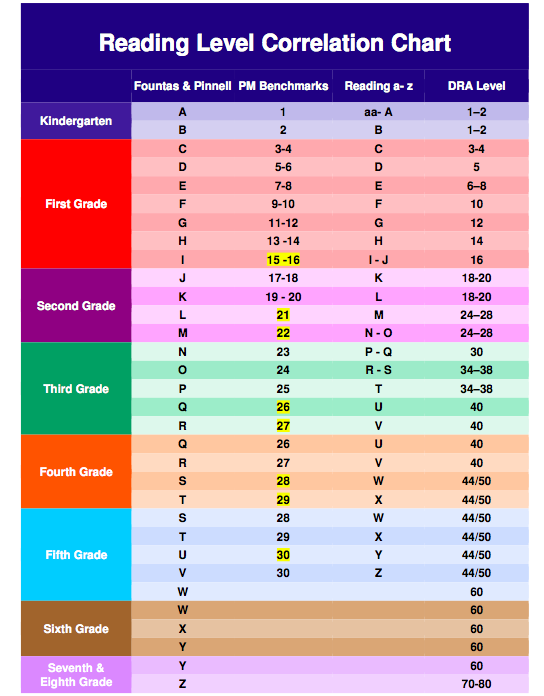
Later, when the train is completed, the child can read it. If a child has a hard time remembering vowels, you can remember them associatively. But A , as always, does not cause difficulties, U are ears, And - we smile, O - this is a circle, what we see, then we say, the letter Yu - can be remembered as a skirt, E - the car is moving, E - hedgehog, If the child has forgotten the letter, then ask him: "Prickly with eyes."
The most difficult letter of the vowels is the letter E . This letter is difficult because some children pronounce it like E , this is wrong. It is necessary to monitor the correct pronunciation of the sound and correct the child.
A U O E I S E Y Y Y E
The letter E came out to the yard for a walk, which letter came out to her, choose.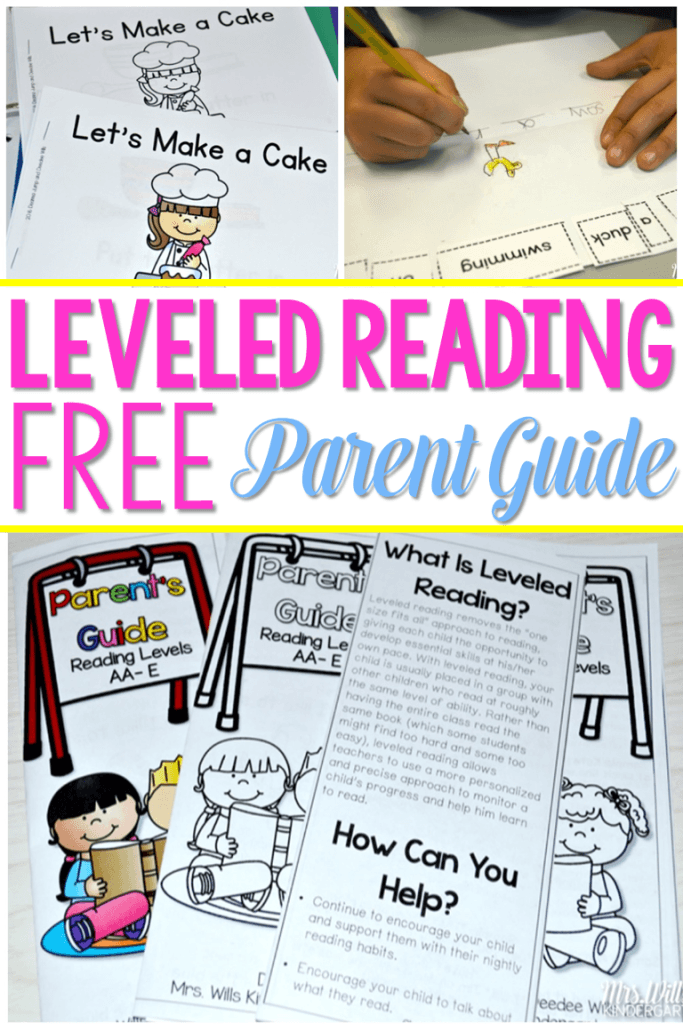
EO , change places you get OE .
So, we have already learned the vowels, let's move on to the consonants.
Consonants
To study consonants, choose the first voiced letter, M, N, L, R .
Consonants are best studied immediately with a familiar vowel. It is easier for a child to remember a new letter. In addition, we thus imperceptibly approach the syllables.
To do this, the child needs to build a house out of vowels:
A E
O U
U YE
and I
SE
Further familiarity with a new consonant letter. We tell the child to raise the letter on the elevator while reading the syllable.
If a child cannot remember a letter or pronounces it incorrectly, an exercise called "Pens, Pens" will come in handy.
The child sits in front of you so that he is not distracted, take his hands.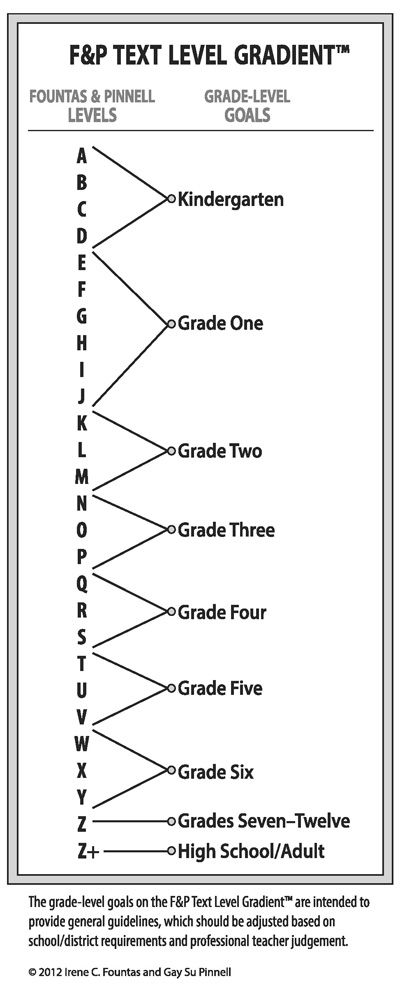 This exercise is difficult and requires a lot of attention. nine0008
This exercise is difficult and requires a lot of attention. nine0008
You hold the child by the hands, and he, looking into your mouth, repeats after you.
The peculiarity of this exercise is that the child does not see the letter, he perceives it by ear.
First show the child the letter with your hand, and let him name them, later you remove your hand and the child should show and name the letters. For example: with the letter , will have NU , etc. It is necessary to ensure that the child reads not only when you show him with your finger, but so that he himself can take and read. nine0008
Syllables
Children usually stumble at this stage. It is difficult for them to read syllables together. It is important that the child not only read the syllables first consonants and then vowels, but also to be able to distinguish when, on the contrary, there are first a vowel and then a consonant.
We offer you a guide that makes it easy for children to learn syllabic reading.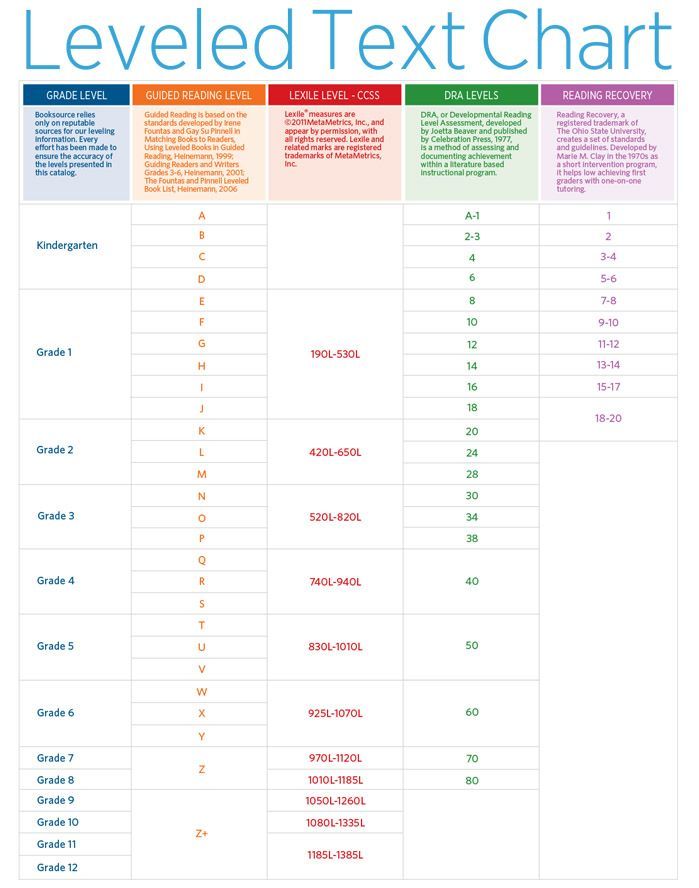
Didactic manual for teaching reading "Magic Windows"
At the stage of learning to read syllables, it is useful to use such a device. Making this educational game is not an easy task. But all preschoolers like to play with "windows", and you will not regret taking the time to make this manual. nine0109 You will need:
2 sheets of white or colored card stock;
sketchbook;
ruler;
simple pencil;
colored pencils or markers;
scissors, glue.
Make a markup on one sheet of cardboard: lay the sheet horizontally, divide it into 2 equal parts with a vertical line, mark windows at the same level in each half, observing the same indentation from the edges and from the middle line. Cut out the windows with scissors. On the reverse side, glue a cap from the second sheet of cardboard. Apply glue only along the middle line, along the right and left edges. nine0109 Open the album in the middle, unfasten the staples and pull out the double sheet of paper.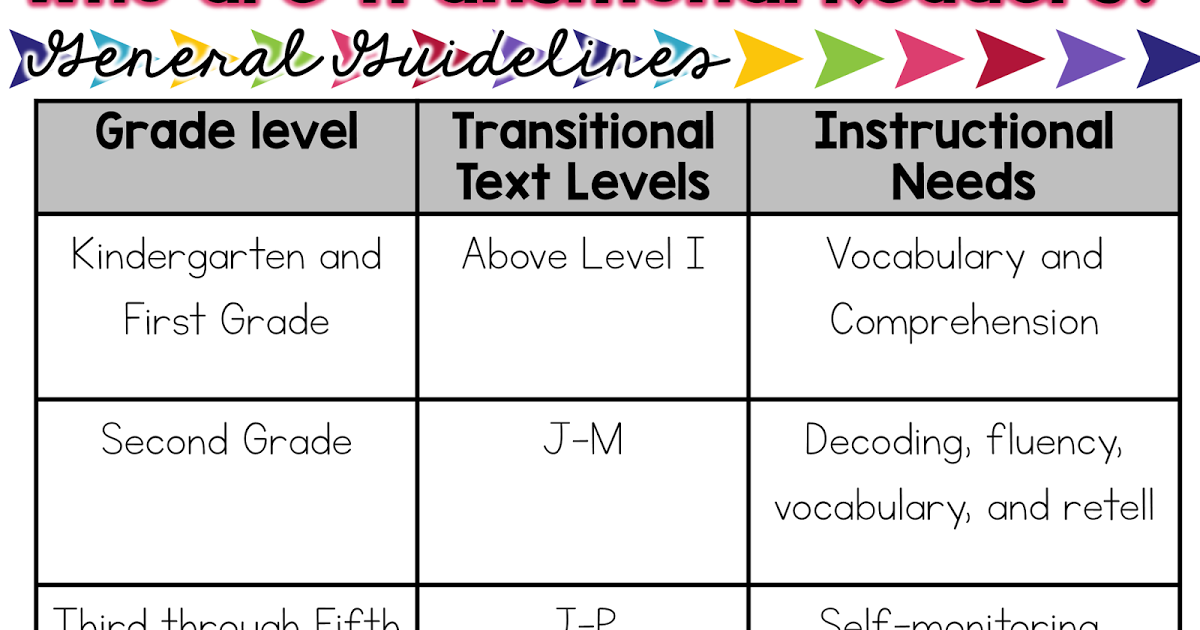 Cut it in half lengthwise so that you get two identical strips. Mark each strip along its entire length: draw rectangles with a width corresponding to the height of the window in the part made of cardboard earlier. On one strip, write the vowels A, O, U, Y, I, E, E, I, Yu, E (one letter in each rectangle). On the second strip, write the consonants M, P, N, K, C, C, T, B, D, G, 3, F (also one letter in each rectangle). nine0109 Insert the strips into the cardboard frame: the vowel strip on the right, the consonant strip on the left.
Cut it in half lengthwise so that you get two identical strips. Mark each strip along its entire length: draw rectangles with a width corresponding to the height of the window in the part made of cardboard earlier. On one strip, write the vowels A, O, U, Y, I, E, E, I, Yu, E (one letter in each rectangle). On the second strip, write the consonants M, P, N, K, C, C, T, B, D, G, 3, F (also one letter in each rectangle). nine0109 Insert the strips into the cardboard frame: the vowel strip on the right, the consonant strip on the left.
Now set any consonant letter in the left window, and move the right bar so that vowels appear in turn in the right window. Let the child read the resulting syllables. For example: MA - MO - MU - WE - MI - ME - MY - MY - MU - ME. Move the bar on the left to make a new consonant appear, move the right bar again, inviting the child to read new syllables. nine0109 Next time, leave the vowel you chose unchanged, and change the consonant by moving the left bar in the boxes.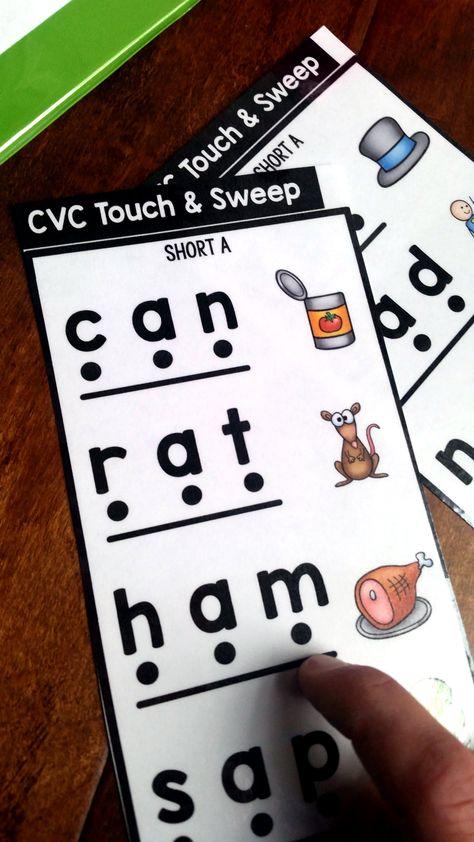

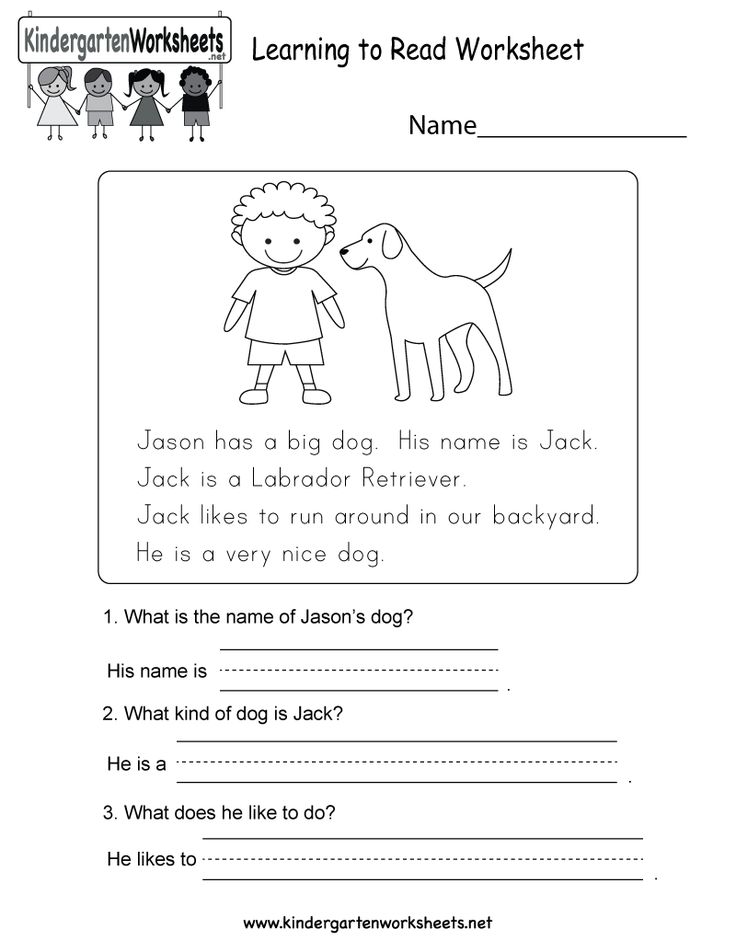 nine0008
nine0008 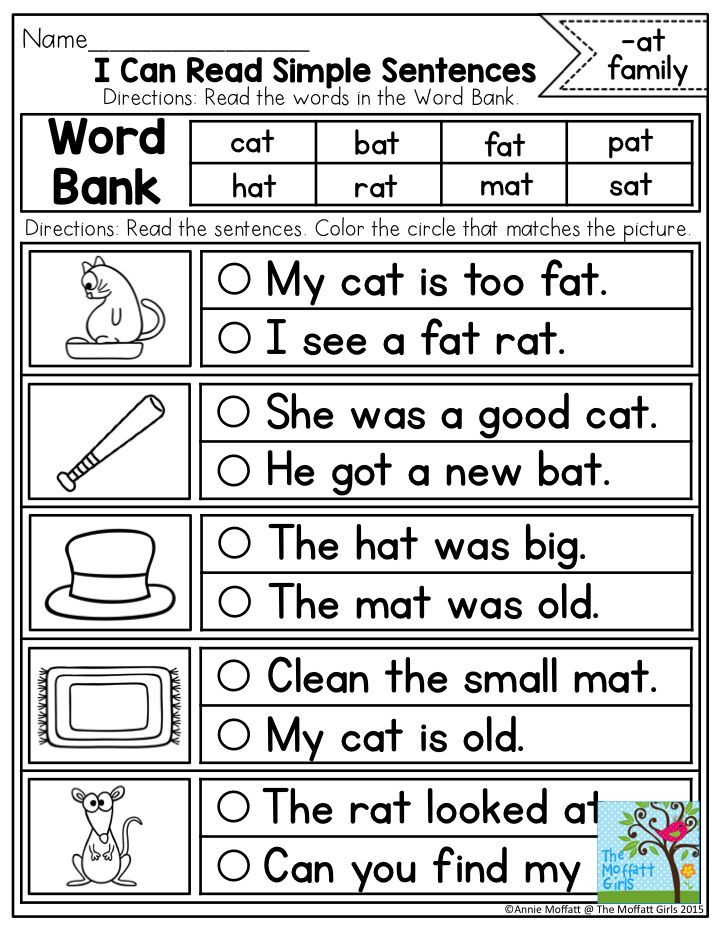
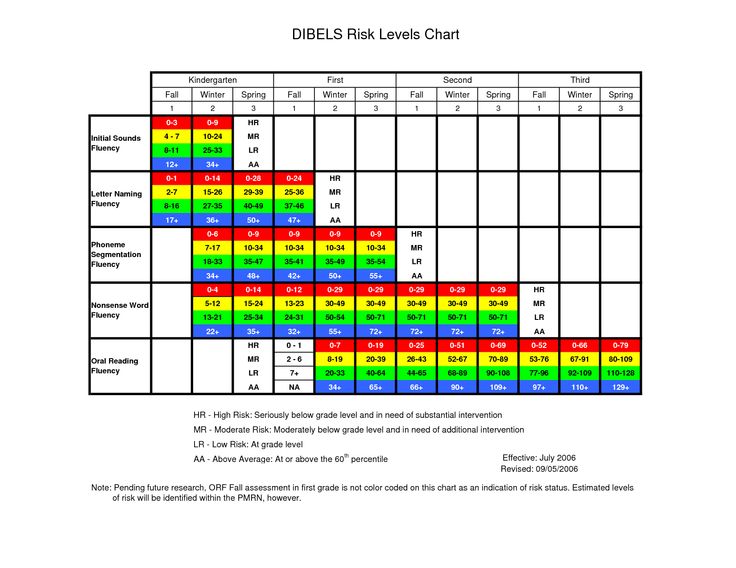
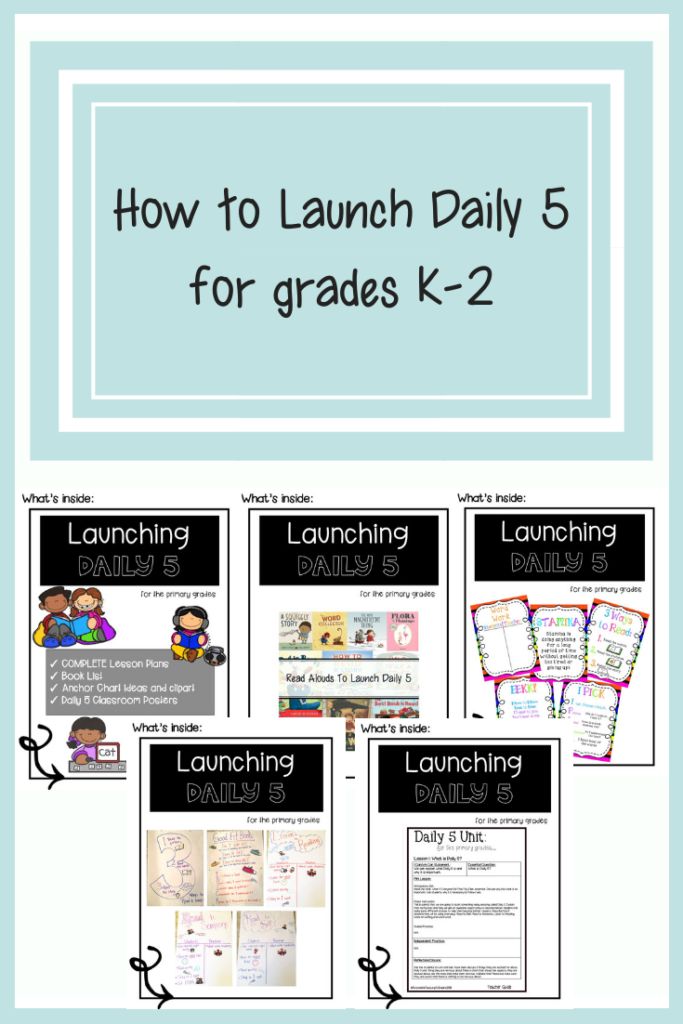 Until If you read it, don't leave the table." With that low reading technique, which possessed by a first grader, it takes him an hour and a half to read this short fairy tale. This is an hour and a half of very hard work. Mom allows here a very serious pedagogical error, suppressing the child's desire to read. Was it would be much better if home training was carried out in three portions of 5 minutes. A small paragraph the child reads and retells its content, after an hour or two another portion. Another serving before bed. The effectiveness of such training is much higher than training for an hour and a half at a time. nine0008
Until If you read it, don't leave the table." With that low reading technique, which possessed by a first grader, it takes him an hour and a half to read this short fairy tale. This is an hour and a half of very hard work. Mom allows here a very serious pedagogical error, suppressing the child's desire to read. Was it would be much better if home training was carried out in three portions of 5 minutes. A small paragraph the child reads and retells its content, after an hour or two another portion. Another serving before bed. The effectiveness of such training is much higher than training for an hour and a half at a time. nine0008 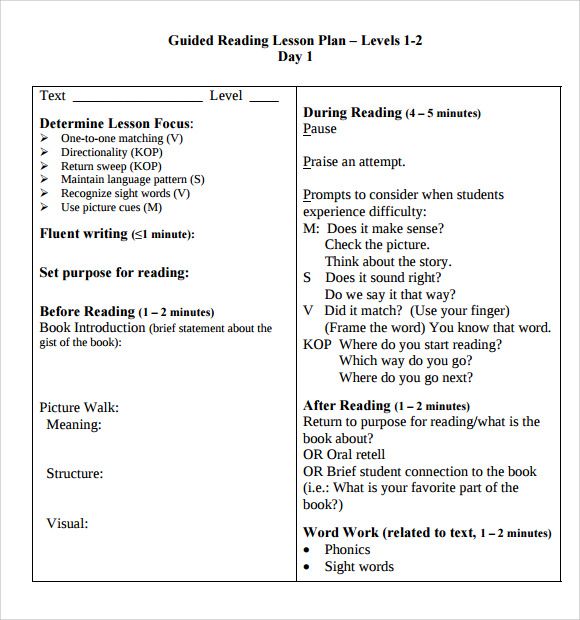 Mode sparing reading is such a mode when the child reads one or two lines and after that he will get a short rest. This mode is automatically it turns out if the child looks at filmstrips; two lines under the frame read, looked at the picture — rested. The next frame - again two lines read, looked at the picture again. Can be highly recommended to parents, children read reluctantly, this method of learning. Read in order: a few frames are read by the child, then, when the first signs of fatigue, parents are connected. nine0008
Mode sparing reading is such a mode when the child reads one or two lines and after that he will get a short rest. This mode is automatically it turns out if the child looks at filmstrips; two lines under the frame read, looked at the picture — rested. The next frame - again two lines read, looked at the picture again. Can be highly recommended to parents, children read reluctantly, this method of learning. Read in order: a few frames are read by the child, then, when the first signs of fatigue, parents are connected. nine0008 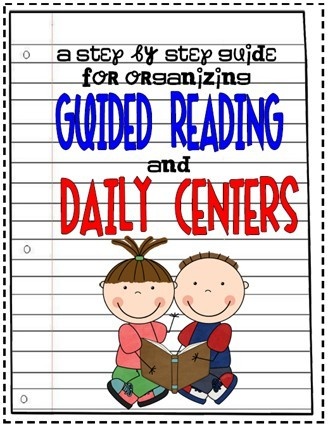 T. Fedorenko. In each of the 18 sets, there are six sentences. The peculiarity of these sentences is this: if the first sentence contains only two words - Snow is melting—8 letters, then the last sentence of the eighteenth set already consists of 46 letters. The increase in the length of sentences occurs gradually, according to one or two letters. The operating time with all 18 sets is approximately two month. Thus, in two months, RAM develops so much that the child can already memorize a sentence consisting of 46 letters, that is, from eight or nine words. Now he easily catches the meaning of the sentence, read to him becomes interesting, and therefore the process of learning to read goes much faster. nine0008
T. Fedorenko. In each of the 18 sets, there are six sentences. The peculiarity of these sentences is this: if the first sentence contains only two words - Snow is melting—8 letters, then the last sentence of the eighteenth set already consists of 46 letters. The increase in the length of sentences occurs gradually, according to one or two letters. The operating time with all 18 sets is approximately two month. Thus, in two months, RAM develops so much that the child can already memorize a sentence consisting of 46 letters, that is, from eight or nine words. Now he easily catches the meaning of the sentence, read to him becomes interesting, and therefore the process of learning to read goes much faster. nine0008  By after this time, the offer is closed and the child is invited to write down him in a notebook. Perhaps someone in the recording process will say: I don’t remember offer. How to be in this case? You have to be very calm. Without irritation, kindly say: Well, write down what you remember, and in try to remember more next time. This is followed by exposure, reading and memorization of the second sentence. After the offer is hidden its also write down in a notebook. For six sentences of one set, usually from five to eight minutes time. In two months there is an opportunity to develop an operational memory, but on one condition. This condition must be observed without fail. visual dictations must be written daily. If you write visual dictations every other day, then such training almost does not develop RAM. If you write in two on the third day, then you can not write at all - this does not give anything. nine0008
By after this time, the offer is closed and the child is invited to write down him in a notebook. Perhaps someone in the recording process will say: I don’t remember offer. How to be in this case? You have to be very calm. Without irritation, kindly say: Well, write down what you remember, and in try to remember more next time. This is followed by exposure, reading and memorization of the second sentence. After the offer is hidden its also write down in a notebook. For six sentences of one set, usually from five to eight minutes time. In two months there is an opportunity to develop an operational memory, but on one condition. This condition must be observed without fail. visual dictations must be written daily. If you write visual dictations every other day, then such training almost does not develop RAM. If you write in two on the third day, then you can not write at all - this does not give anything. nine0008 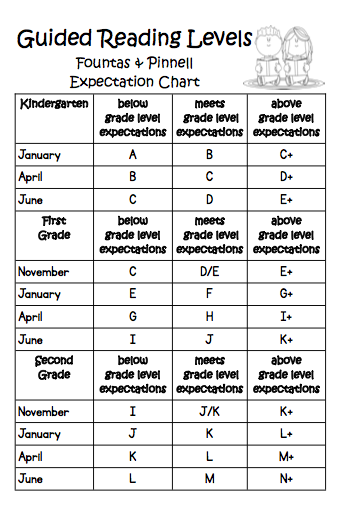
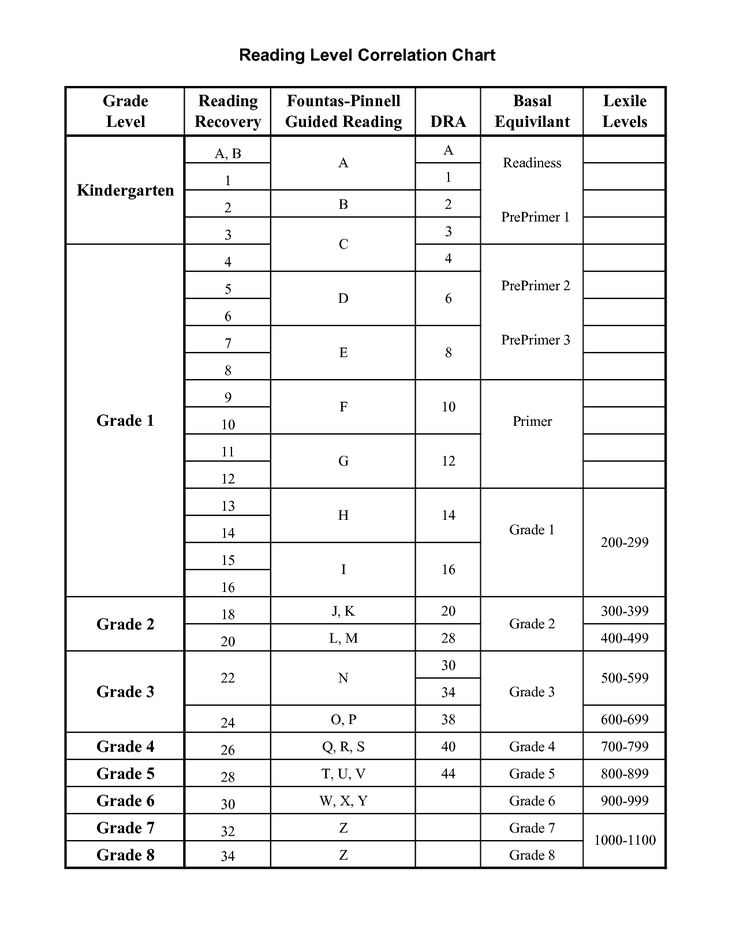 This exercise is intended only for the development of the articulatory apparatus, therefore, the requirements for the expressiveness of reading are lowered here, but they are increased requirements for the clarity of reading the endings of words. Word endings should not to be swallowed, only to speak clearly. The exercise lasts more than 30 seconds. nine0008
This exercise is intended only for the development of the articulatory apparatus, therefore, the requirements for the expressiveness of reading are lowered here, but they are increased requirements for the clarity of reading the endings of words. Word endings should not to be swallowed, only to speak clearly. The exercise lasts more than 30 seconds. nine0008 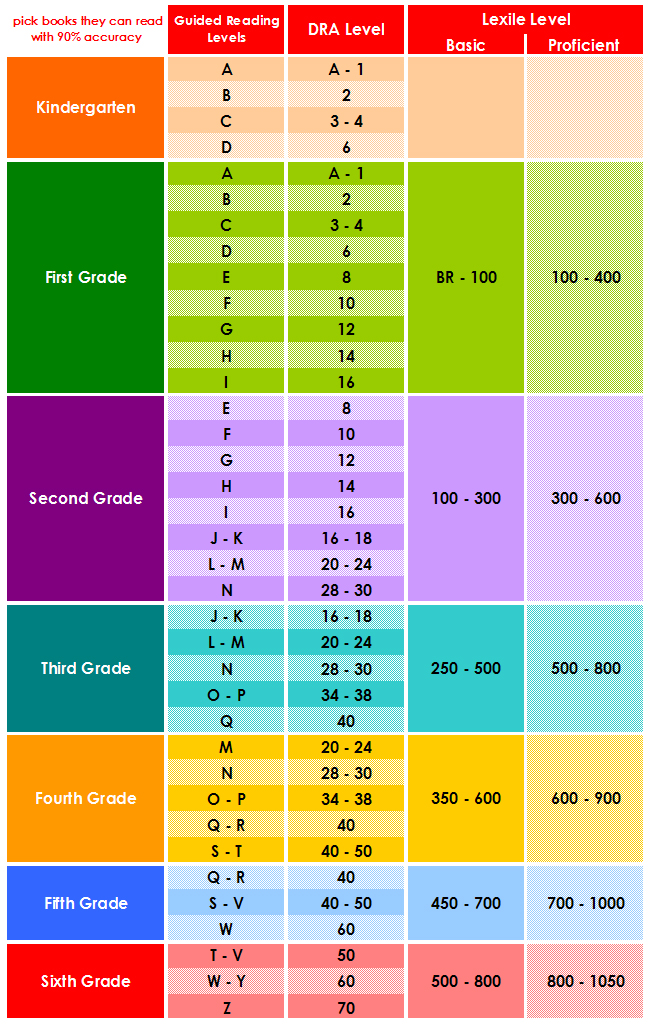 After two to three weeks, the child's reading is noticeable will improve. nine0008
After two to three weeks, the child's reading is noticeable will improve. nine0008 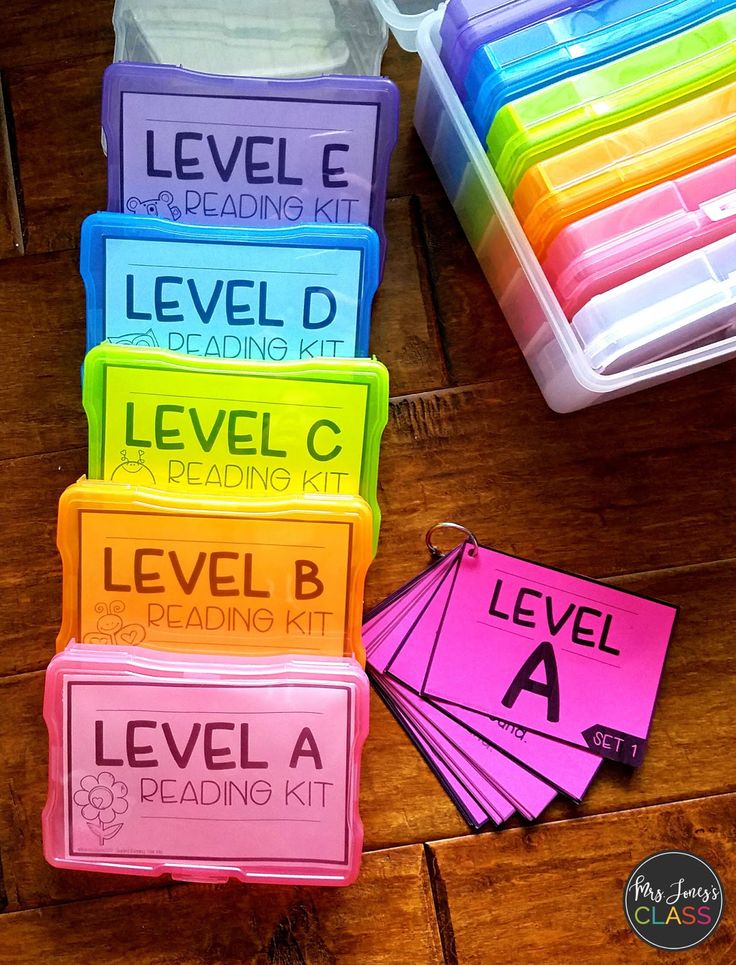 Petersburg: KARO, 2006 - 256 p. - (Series "Correctional Pedagogy"). nine0008
Petersburg: KARO, 2006 - 256 p. - (Series "Correctional Pedagogy"). nine0008 